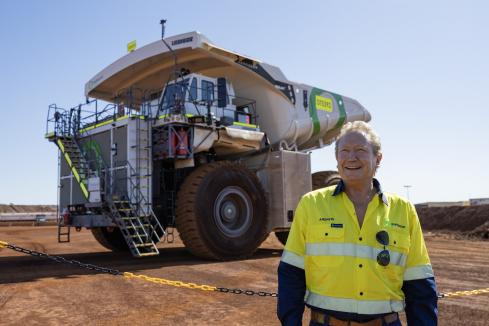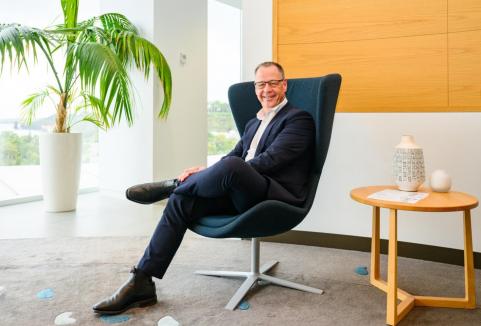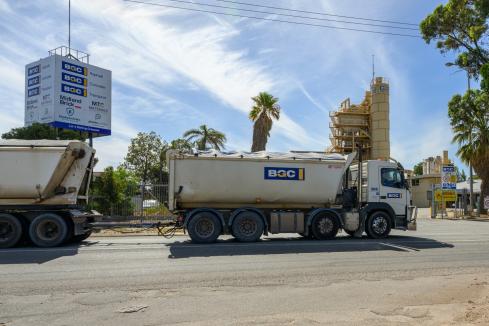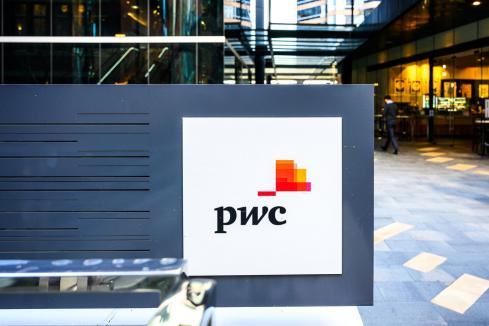SPECIAL REPORT: Hundreds of oil and gas fields to be decommissioned in the next decade across the Asia-Pacific region will create billions of dollars of opportunities for contractors, with a number of initiatives already under way.


Hundreds of oil and gas fields to be decommissioned in the next decade across the Asia-Pacific region will create billions of dollars of opportunities for contractors, with a number of initiatives already under way.
Decommissioning is the process of shutting down a field after it reaches the end of its life, removing equipment such as platforms safely and with minimal environmental impact.
Deloitte national lead, oil and gas, Bernadette Cullinane, told Business News there would be about $21 billion of spending needed in Australia for decommissioning work in coming decades.
Ms Cullinane will chair a panel on the topic at the Australasian Oil and Gas Expo this week.
“There are projects being decommissioned even today … it’s not a huge wave just yet, but companies are now thinking about how to take advantage, bringing capability in,” Ms Cullinane said.
“The opportunity for Australia is to build the supply chain, skills, infrastructure, capability and expertise here to be a leader in end-of-life-cycle management.”
A likely source of work in initial years would be Exxon’s Bass Strait operations, with the first platforms in that location installed more than four decades ago.
Decommissioning costs would run into the hundreds of millions.
However, the sector will need to learn lessons from current decommissioning activities in the North Sea.
A recent research report by the federal government’s industry growth centre, National Energy Resources Australia, found Australia was the least competitive of 30 comparable countries, Ms Cullinane said.
Rigs to reefs
Henderson-based contractor Subcon Technologies is one business heavily involved in the decommissioning sector, with the company running a program that turns used rigs into artificial reefs.
Subcon chief executive Matthew Allen told Business News about a dozen rigs had been repurposed by the company so far, including at the Port Coogee dive trail.
The technology had been developed in WA, he said.
“We’re advocating a model for decommissioning where operators can repurpose their structures as artificial reefs by augmentation,” Mr Allen said.
That meant the rig would be modified in a way designed specifically to provide habitat, rather than pulling a structure out entirely.
They can then be used for recreational fishing and diving or commercial fishing.
Mr Allen said the business had worked with other stakeholders to secure alignment on the initiatives before it had approached operators, as opposed to it being led by operators.
“There’s broad community support for these projects,” he said.
Mr Allen said about 600 platforms in Western Australia’s time zone would be coming up for decommissioning in the next 10 years or so.
“There are certainly opportunities up in Asia to repurpose retired assets to support artisanal fishermen and commercial fisheries,” he said.
Australian Petroleum Production and Exploration Association chief operating officer WA, Stedman Ellis, said the industry group’s priorities would be to support a marine research program and to build an inventory of projects that were due to reach the end of their lives.
The association supported a pitch to the federal government for a potential Cooperative Research Centre initiative last year, although it was not successful.
The program would examine the impact of decommissioned platforms and pipelines on marine life, for example, the degradation of different materials.
“It would allow operators to demonstrate to regulators effectively what is the best way to approach decommissioning in different circumstances,” Mr Ellis said.
The research would support the industry in working with stakeholders, such as the fishing community, to get broad consensus over best practice.
Other considerations would be economic cost and benefit and the impact of decommissioning strategies on field life.
Regulators are also making moves to set up a framework for decommissioning projects.
Last year, the state government’s Department of Mines, Industry, Safety and Regulation put out guidelines for work. In January, the federal government’s relevant department issued its own directions.
Mr Ellis said the default option in legislation was for full removal of facilities, but there was still an option for in situ placement where appropriate.





















